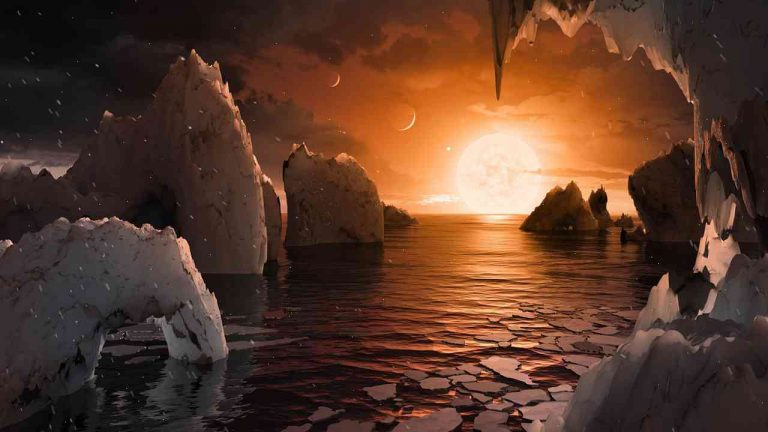In the near future, we’ll all be launching new launches, headed to near-Earth asteroids. Astronauts are already headed to the moon in hopes of discovering new worlds. And even robot explorers like the Pacific Oceanographic Research Vessel, or “P5,” are exploring the ocean floor to seek out sea life.
It seems like space exploration is a popular topic in the news these days. And it’s all well and good that NASA has great plans for the future. And indeed, it has plans — but a new report published this week in the journal Nature requires those plans to be re-thought.
The scientists who authored the Nature study call for a new scientific method to help prioritize the opportunities for searching for extraterrestrial life, exploring different locations and demographics for alien life and even different species of life (for instance, detecting whether diverse extraterrestrial life is easy or will be difficult). By using a different approach, NASA might even go one step further and look for what the scientist call “protoplanetary resources” — resources that would exist on another planet, much like the resources that exist in Earth.
The motivations of the scientists who authored the paper range from the practical to the philosophical: One of the goals is to better understand the long-term health of the natural environment that could support potential alien life, while another purpose is to find out more about how humans evolved from more simple microbes to the iconic beings they are today.
But the ultimate objective, the scientists say, is to do everything necessary to discover whether or not alien life exists — and to better understand the planet and the cosmic environment around it. They write:
In a planetary system with multiple hydrocarbon-bearing worlds, the identification of distinctive habitable zones surrounding habitable worlds could improve terrestrial biosignatures. Similarly, enhanced knowledge of the characteristic biosignatures of planets could greatly reduce uncertainties that are caused by the many diverse physical, physical-chemical, chemical-chemical, structural, geologic, geochemical, and biological constants encountered within a single planet system.
NASA has embraced these ideas and in some ways already done the hard work to answer some of the questions the authors have posed — for instance, the search for methane in stars and the possibility of methane in the atmosphere of another planet (like Earth). What the scientists do not currently recognize is the fact that the search for distant alien planets, even alien life, is not done. And so while creating a more efficient, less-bureaucratic and inclusive program might start with the simple task of identifying habitable habitable regions, the scientists go on to detail other topics that it would be best to study in greater detail.
And herein lies the nub of the problem, which goes to the heart of what NASA is and should continue to be: The agency is the flagship of United States space exploration and engineering for people and institutions around the world. Its motto is “Going where no man has gone before,” to which the authors have an answer:
Only by collaborating worldwide do we have any hope of discovering what we have not yet discovered, or getting those findings right, and entering deeper, broader and more diverse ocean trenches, alongside solar-system bodies such as Pluto and the Kuiper Belt, with near-Earth asteroids and red dwarf stars, and examining the constituents of our own planet. Only through a truly global effort can we fundamentally change the nature of how we approach planetary research.
Read the full Nature article here.
